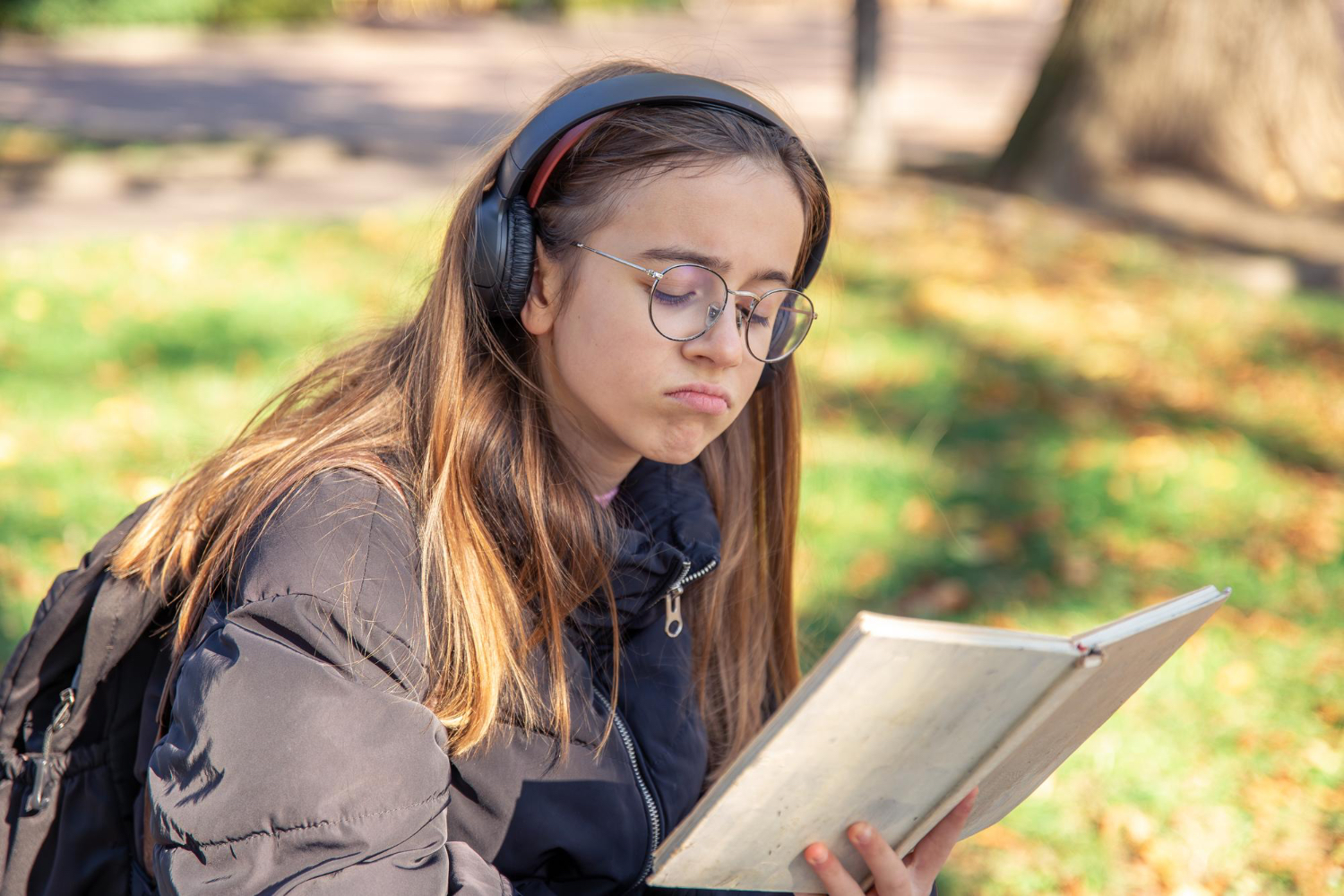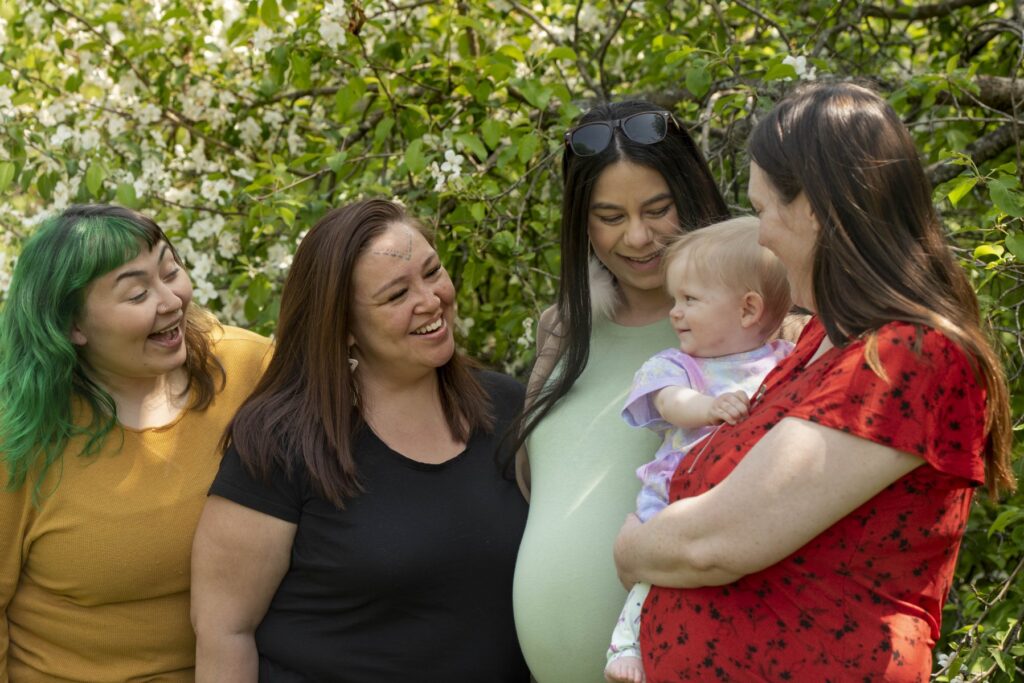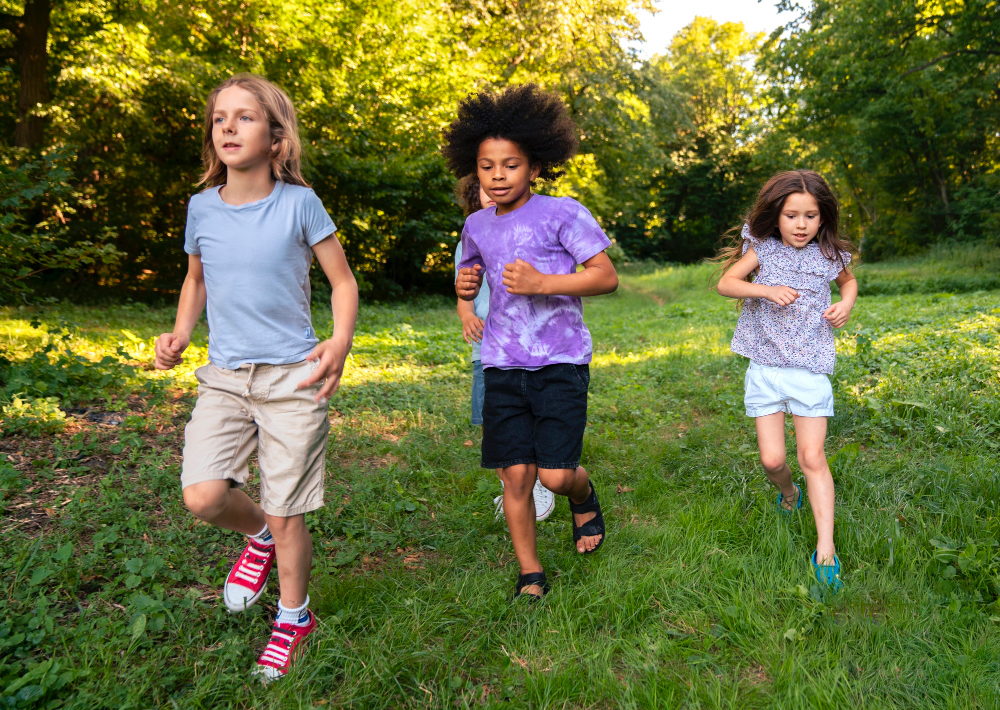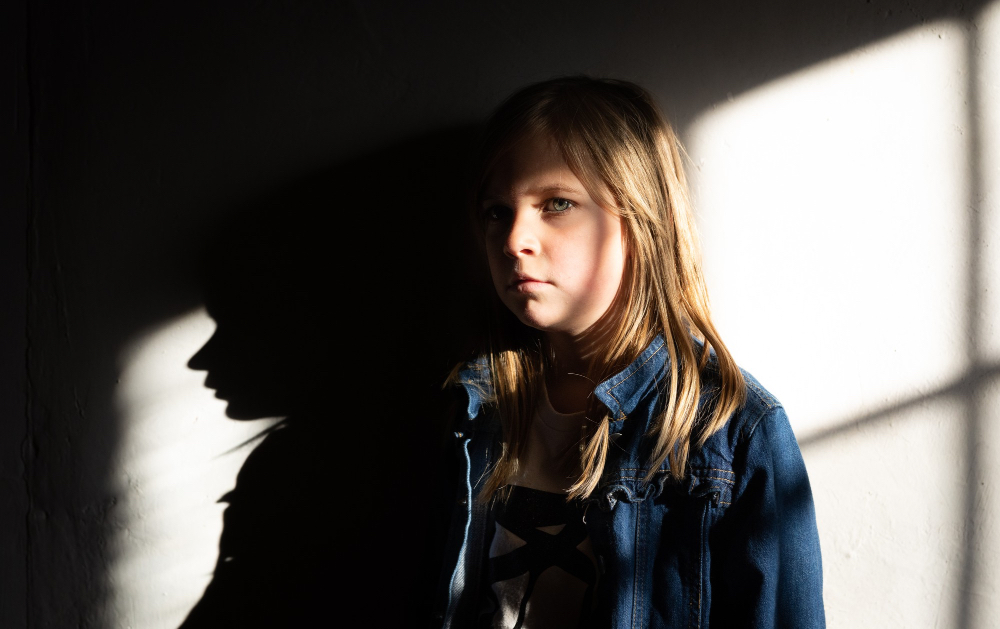Collective punishment is fundamentally incompatible with trauma-informed practice. Trauma-informed practice begins with the assumption that many children have often experienced adversity—not always visible, not always disclosed—and that (1)safety, (2) trust, (3) choice, (4) collaboration, and (5)empowerment must guide every interaction. Collective punishment ignores all five. It creates environments where children are made responsible for others’ behaviour, forced to manage the unmanageable, and taught that belonging is conditional, fragile, and easily revoked.
-
What is an example of collective punishment?
Collective punishment is when a group is penalised for the actions of a few, regardless of individual responsibility. This practice is often framed as a form of discipline, yet it fails both ethically and pedagogically. It is rooted in control, not justice. Consider…
From a neurological perspective, collective punishment functions as a form of social threat. It elevates cortisol, hijacks executive function, and activates the same survival pathways involved in fight, flight, and freeze responses. For children with trauma histories, or those who are neurodivergent—autistic, ADHD, sensory-sensitive—this can mean the difference between regulation and collapse. It can mean the difference between school as sanctuary and school as site of harm.
It also breaks trust. Trust between students and teachers. Trust between peers. Trust between families and the institution that claims to care for their child. Trauma-informed educators know that trust is slow to build, quick to rupture, and essential to every form of meaningful learning. Punishing a whole class for one child’s actions sends the opposite message: that safety is arbitrary, and justice is collective only when it is punitive.
-
When school discipline undermines trust at home
There’s a problem in our schools. You’ll see it on a child’s face when they come home. You’ll hear it in the way they describe something that left them feeling humiliated, angry, or confused—and often, all three at once. It happens when school…
Historically, collective punishment has been used not to teach but to control. It was foundational to the disciplinary regimes of Canada’s residential schools, where Indigenous children were subjected to group punishment for speaking their languages or resisting assimilation. The Truth and Reconciliation Commission of Canada: Calls to Action is unequivocal in its rejection of these methods. It calls on educators to abandon punitive models that retraumatise and dehumanise—and to centre restoration, dignity, and cultural safety instead.
When schools say they are trauma-informed, but continue to use collective punishment, they betray both the concept and the children it is meant to protect. Trauma-informed is not a buzzword. It is a standard. And collective punishment fails it—every time.















